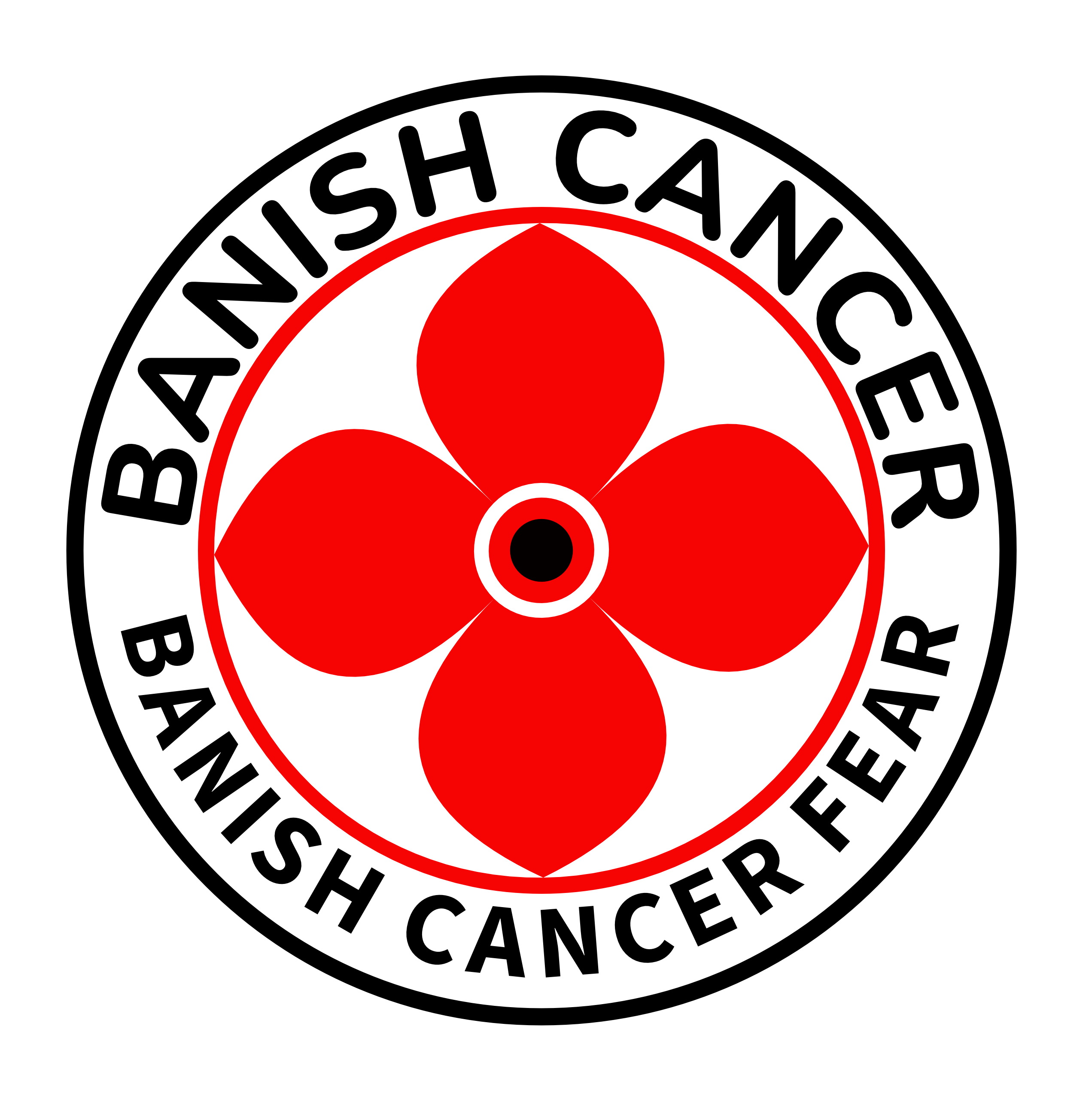Symptoms and Causes of Head and Neck Cancer

Head and neck cancer ranks as the seventh most common cancer worldwide, with over 660,000 new cases and 325,000 deaths annually. Its incidence has risen, especially due to oropharyngeal cancer. Recognizing symptoms early can save lives. For example, survival rates for mouth and upper throat cancer improve from 69% to 88% when detected early. Early detection also enhances quality of life. You can protect yourself by understanding the causes and staying alert to warning signs. Awareness and timely action play a critical role in combating this disease.
Key Takeaways
Know the early signs of head and neck cancer. These include constant pain, losing weight without trying, and neck lumps. Finding it early can save lives.
Don’t use tobacco and drink less alcohol. This lowers your chance of getting head and neck cancer. Stopping smoking helps right away.
Pay attention to your health. If symptoms last over two weeks or change quickly, see a doctor. Your health is very important.
Get the HPV vaccine to protect against some cancers. This vaccine can greatly reduce your risk.
Keep your mouth clean and visit the dentist often. These habits help find problems early and stop issues from getting worse.
Symptoms of Head and Neck Cancer

General Symptoms
Persistent pain or discomfort
You might experience persistent pain in your throat, mouth, or neck that doesn’t go away. This discomfort can sometimes feel like a sore throat or a lump in the neck. Pain in the face or jaw may also occur, especially if the cancer affects the salivary glands or jawbones.
Unexplained weight loss
Losing weight without trying could signal head and neck cancer. This often happens when eating becomes difficult due to pain or swallowing issues. A loss of appetite might also contribute to this symptom.
Fatigue or weakness
Feeling unusually tired or weak is another common symptom. This can result from the body’s response to the cancer or from difficulty eating and maintaining proper nutrition.
Note: These symptoms can also occur with less serious conditions. However, it’s important to consult a doctor if they persist.
Symptoms by Affected Area
Mouth and Oral Cavity
You may notice white or red patches in your mouth, a sore that doesn’t heal, or loose teeth. Difficulty chewing or moving your jaw could also indicate a problem.
Throat and Voice Box
A hoarse voice, trouble speaking, or a persistent sore throat might point to cancer in the throat or voice box. Breathing difficulties or a sensation of something stuck in your throat could also occur.
Neck and Lymph Nodes
A painless lump in your neck or swelling in the lymph nodes might be one of the first signs. This lump may grow over time and should not be ignored.
Additional Symptoms to Watch For
Ear pain or hearing loss
Pain in one ear, often without an infection, could signal throat cancer. Hearing loss or ringing in the ears might also occur.
Frequent nosebleeds
Recurring nosebleeds or unusual nasal discharge could indicate cancer in the nasal cavity or sinuses.
Vision changes or double vision
You might experience blurred or double vision if the cancer affects areas near the eyes. Facial weakness or paralysis can also occur in advanced cases.
Tip: If any of these symptoms last more than two weeks, seek medical attention promptly. Early detection improves outcomes for head and neck cancer.
When to Seek Medical Attention
Symptoms lasting more than two weeks
If you notice symptoms that persist for more than two weeks, it’s time to consult a healthcare professional. Persistent issues like a sore throat, hoarseness, or a lump in your neck could indicate something more serious, including head and neck cancer. These symptoms might seem minor at first, but ignoring them can delay diagnosis and treatment. Early medical evaluation helps identify the cause and ensures timely care.
Pay attention to how your body feels. For example, if a sore in your mouth doesn’t heal or you experience ongoing pain while swallowing, don’t wait for it to resolve on its own. These signs often require further investigation. Even if the symptoms turn out to be unrelated to cancer, addressing them early can prevent complications.
Tip: Keep a symptom diary. Note when symptoms began, how they’ve changed, and any associated discomfort. This information can help your doctor make an accurate diagnosis.
Sudden or severe symptom changes
Sudden or severe changes in symptoms demand immediate attention. For instance, if you suddenly lose your voice, experience extreme difficulty swallowing, or notice rapid swelling in your neck, seek medical help right away. These changes might signal an advanced stage of head and neck cancer or another urgent condition.
Severe pain, bleeding, or difficulty breathing should never be ignored. These symptoms can escalate quickly and may require emergency care. Acting promptly can make a significant difference in your treatment options and overall prognosis.
Reminder: Trust your instincts. If something feels wrong, don’t hesitate to reach out to a healthcare provider. Your health and well-being should always come first.
Causes of Head and Neck Cancer

Lifestyle-Related Risk Factors
Tobacco use
Tobacco use is the leading cause of head and neck cancer. Smoking increases your risk of developing this cancer by nearly ten times compared to non-smokers. Secondhand smoke exposure also contributes to the risk. Tobacco use accounts for 70-80% of new cases of head and neck squamous cell carcinoma (HNSCC). Combining tobacco with alcohol further amplifies the danger, making it more likely for cancers to develop in the mouth and throat. Quitting tobacco not only reduces your risk but also protects those around you from harmful secondhand smoke.
Alcohol consumption
Alcohol consumption is another significant risk factor. The risk increases with the amount of alcohol you consume. Moderate drinkers face nearly double the risk of oral cavity and pharynx cancers, while heavy drinkers have a fivefold higher risk. Combining alcohol with tobacco use creates a compounding effect, significantly heightening the likelihood of developing head and neck cancer.
Alcohol Consumption Level | Increased Risk of Head and Neck Cancer |
|---|---|
Moderate Drinkers | 1.8x higher risk of oral cavity and pharynx cancers, 1.4x higher risk of larynx cancers |
Heavy Drinkers | 5x higher risk of oral cavity and pharynx cancers, 2.6x higher risk of larynx cancers |
Viral and Environmental Factors
Human papillomavirus (HPV)
HPV, particularly type 16, is strongly linked to oropharyngeal cancers. This virus has become a growing concern, especially among individuals aged 40-50. HPV-related head and neck cancers are increasing in prevalence. If you have other risk factors like smoking, the interaction with HPV can further elevate your risk.
Exposure to harmful chemicals
Certain chemicals in your environment can increase your risk of head and neck cancer. For example, asbestos, wood dust, and paint fumes are common culprits in workplaces like construction or renovation. Chewing paan (betel quid), a practice common in Southeast Asia, also raises the risk of mouth cancer. Combining betel quid with tobacco makes the risk even higher.
Harmful Chemical | Typical Sources |
|---|---|
Asbestos | Work environments where asbestos is present |
Wood Dust | Construction and woodworking industries |
Paint Fumes | Painting and renovation activities |
Tobacco | Smoking and chewing paan (betel quid) |
Genetic and Other Risk Factors
Family history of cancer
A family history of cancer can increase your likelihood of developing head and neck cancer. Inherited genetic syndromes like Fanconi anemia and dyskeratosis congenita are associated with a higher risk. These conditions often lead to precancerous lesions or cancers at an earlier age.
Poor oral hygiene
Neglecting oral hygiene can also contribute to the development of head and neck cancer. Poor dental care creates an environment where harmful bacteria thrive, increasing the risk of infections and inflammation. Over time, this can lead to changes in the cells of your mouth and throat, raising the likelihood of cancer.
Tip: Regular dental check-ups and maintaining good oral hygiene can help reduce your risk.
Importance of Early Detection
Benefits of regular screenings
Regular screenings play a vital role in identifying head and neck cancer at an early stage. Early detection significantly improves survival rates and enhances the quality of life for patients. Dr. Momen-Heravi highlights that early diagnosis not only increases the chances of successful treatment but also prevents the severe lifestyle changes often associated with late-stage cancer. For example, patients diagnosed early with HPV-positive head and neck cancer have a 28% lower risk of death and nearly 50% reduced risk of local recurrence compared to those with HPV-negative cancer.
Screenings can uncover cancer before symptoms appear, allowing for timely intervention. Conventional methods like visual inspections and palpation of the oral cavity remain effective. Advanced techniques, such as exfoliative cytology and autofluorescence imaging, offer additional tools for detecting abnormalities. These methods, combined with regular check-ups, provide a comprehensive approach to early detection.
Tip: Schedule routine screenings, especially if you have risk factors like tobacco use or a family history of cancer. Early action can save lives.
Role of self-awareness
Self-awareness is equally important in catching head and neck cancer early. Paying attention to changes in your body, such as persistent pain, lumps, or difficulty swallowing, can help you recognize potential warning signs. Keeping a symptom diary can assist in tracking these changes and provide valuable information to your doctor.
Recent advancements in detection methods also empower individuals to take charge of their health. Non-invasive tools, like salivary and blood biomarkers, are being developed to identify cancer-related changes. These innovations, combined with awareness of risk factors like poor oral hygiene and nutrition, make early detection more accessible.
Reminder: Trust your instincts. If something feels off, consult a healthcare provider promptly. Your vigilance could make all the difference.
Preventive Measures for Head and Neck Cancer
Lifestyle Changes
Quitting smoking and limiting alcohol
Making lifestyle changes can significantly reduce your risk of head and neck cancer. Smoking cessation is one of the most effective steps you can take. Tobacco use accounts for a large percentage of cases, and quitting lowers your risk almost immediately. Limiting alcohol consumption is equally important. Moderate drinkers face nearly double the risk of oral cavity and pharynx cancers, while heavy drinkers have a fivefold higher risk. Combining smoking and alcohol further amplifies the danger.
Tip: If you smoke or drink, consider joining a cessation program or seeking professional help to quit.
Maintaining a healthy diet
A balanced diet rich in fruits, vegetables, and whole grains supports your immune system and reduces cancer risk. Antioxidants in these foods help protect your cells from damage. Avoid processed meats and sugary drinks, as they can increase inflammation and weaken your body’s defenses.
Vaccination and Medical Care
HPV vaccination
The HPV vaccine plays a crucial role in preventing HPV-related head and neck cancers. Studies show that vaccinated individuals have significantly lower cancer rates—2.8 cases per 100,000 compared to 6.3 cases per 100,000 in unvaccinated individuals. This vaccine is especially effective for males, who are at higher risk for HPV-related cancers.
Regular dental and medical check-ups
Routine dental and medical exams are essential for early detection. Dentists can identify warning signs like white or red patches in your mouth or throat. Scheduling check-ups every six months increases the chances of catching cancer early, improving survival rates.
Reminder: Don’t skip your dental visits. Early detection saves lives.
Awareness and Education
Recognizing early warning signs
You should stay alert to symptoms like a lump in your neck, difficulty swallowing, or persistent ear pain. These signs often indicate early stages of head and neck cancer. Keeping track of changes in your body helps you act quickly if something feels wrong.
Educating others about risk factors
Spreading awareness about risk factors can save lives. Encourage others to quit smoking, limit alcohol, and get vaccinated against HPV. Share information about the importance of regular check-ups and protective measures like wearing masks in hazardous environments.
Call to Action: Empower your community by sharing knowledge. Together, you can reduce the impact of head and neck cancer.
Head and neck cancer often begins when normal cells turn malignant, forming tumors that invade nearby tissues. Symptoms like a lump in the neck, persistent throat pain, or difficulty swallowing should never be ignored. Risk factors such as tobacco use, alcohol consumption, and HPV infection play a significant role in its development. Early detection improves survival rates and quality of life, especially for HPV-positive cases, which show a 28% reduced risk of death. Regular screenings and self-awareness can help catch the disease early, even before symptoms appear.
You can take proactive steps to lower your risk. Quit smoking and limit alcohol intake to reduce exposure to harmful carcinogens. Get vaccinated against HPV to prevent virus-related cancers. Maintaining good oral hygiene and protecting your skin from sun exposure also contribute to prevention. By prioritizing your health and staying vigilant, you can significantly reduce the likelihood of developing head and neck cancer.
FAQ
What are the early warning signs of head and neck cancer?
Early signs include a lump in your neck, persistent throat pain, or difficulty swallowing. You might also notice white or red patches in your mouth or a sore that doesn’t heal. If these symptoms last more than two weeks, consult a doctor.
Tip: Keep track of symptoms in a diary to share with your healthcare provider.
Can head and neck cancer be prevented?
Yes, you can reduce your risk by avoiding tobacco and limiting alcohol. Maintaining good oral hygiene, eating a healthy diet, and getting the HPV vaccine also help. Regular dental and medical check-ups play a key role in early detection and prevention.
How does HPV increase the risk of head and neck cancer?
HPV, especially type 16, can cause changes in the cells of your throat and mouth. These changes may lead to cancer over time. Vaccination against HPV significantly lowers your risk of developing HPV-related head and neck cancers.
Is head and neck cancer treatable if detected early?
Yes, early detection improves treatment success rates. Survival rates for early-stage cancers are significantly higher compared to advanced stages. Regular screenings and self-awareness of symptoms help catch the disease early, increasing the chances of successful treatment.
Reminder: Schedule routine screenings if you have risk factors like smoking or a family history of cancer.
Who is most at risk for head and neck cancer?
People who use tobacco, drink alcohol heavily, or have HPV infections face the highest risk. Exposure to harmful chemicals and poor oral hygiene also increase the likelihood. Men over 40 are more commonly affected, but anyone with these risk factors should stay vigilant.
Call to Action: Share this information with friends and family to help them understand their risks.
---
ℹ️ Explore more: Read our Comprehensive Guide to All Known Cancer Types for symptoms, causes, and treatments.
See Also
Understanding Breast Cancer: Symptoms and Underlying Causes
Key Indicators and Reasons Behind Gastric Stomach Cancer
Identifying Symptoms and Causes of Colon Cancer
Exploring Symptoms and Causes Related to Bladder Cancer
Symptoms and Causes You Should Know About Gallbladder Cancer
